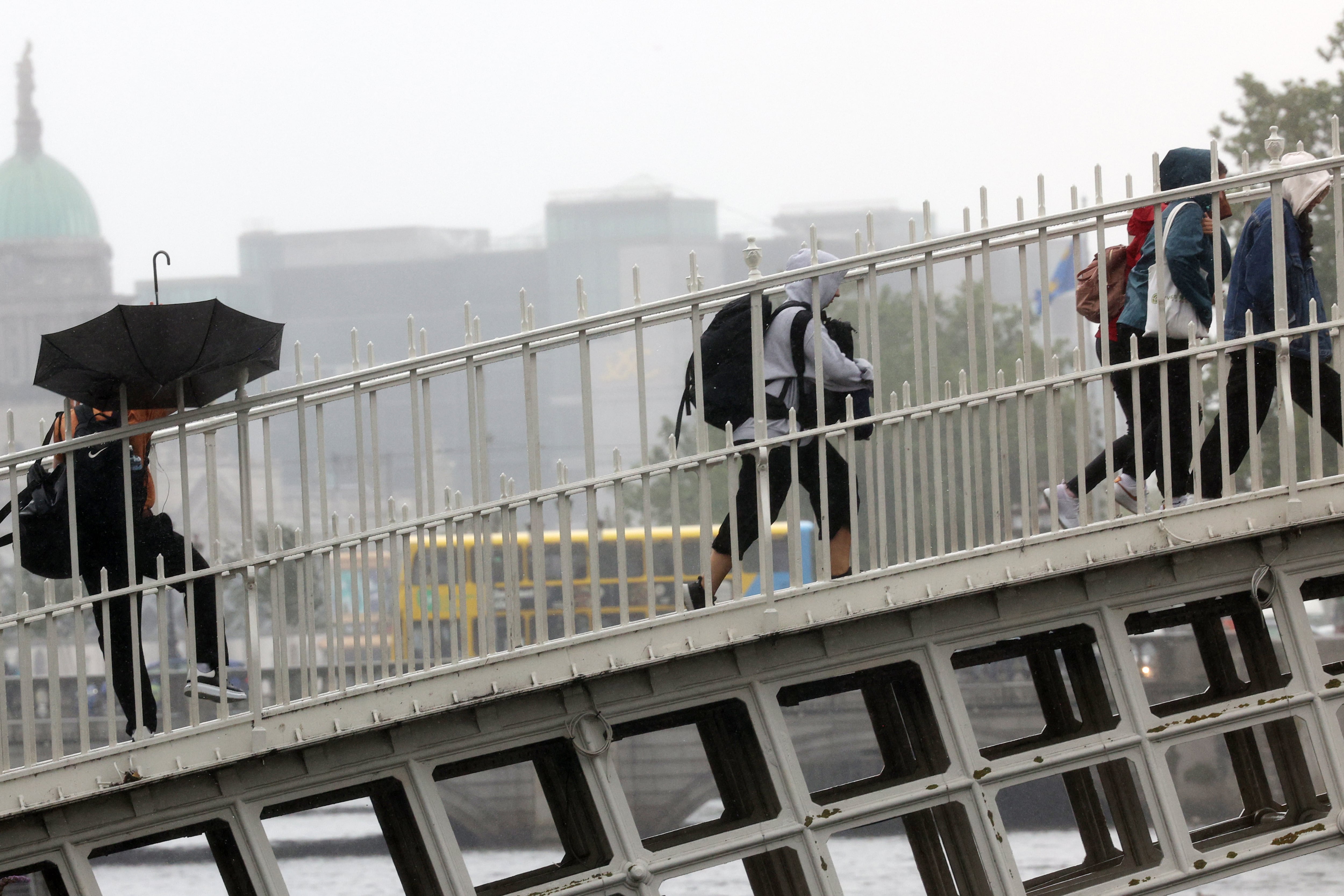Consumer prices continued to rise in March, increasing 7.7 per cent year on year, as high costs continued to squeeze Irish consumers.
That was down from 8.5 per cent in February, and 7.8 per cent in January. While prices increased at the slowest annual pace since April last year, inflation has now stayed at 5 per cent or more for 18 months in a row.
According to the consumer price index (CPI), prices were 1.1 per cent higher on average between February and March, down from 1.6 per cent the prior month. Before February the CPI had fallen for three consecutive months.
The largest annual increases were seen in the costs of housing, water, electricity, gas and other fuels, which rose almost 21 per cent as the high cost of gas and electricity pushed prices higher. In the year to March, electricity prices showed a rise of almost 63 per cent, while gas was just under 86 per cent higher over the year. Rising rents and mortgage interest also piled the pressure on.
READ MORE
The cost of food and non-alcoholic beverages was also higher, at 13.1 per cent, pushed higher due to increasing prices for products such as sugar, frozen fish, fresh whole milk, butter and eggs over the year.
Education was the only category that saw a decline year on year, with costs falling 6.3 per cent.
“Household costs were the main contributors to the increase in the March consumer price index with the cost of mortgage interest up 35 per cent,” said Anthony Dawson, CSO statistician in the prices division. “Food prices were also up over the last 12 months with whole milk up 24 per cent also up 21 per cent and bread up over 50 per cent when compared to this time last year.”
The increase in food and other staples is likely to disproportionately impact lower earners. A CSO study in November found the poorest households experiencing inflation almost a percentage point higher than the headline rate.
The National Average Prices published on Thursday showed increases for a number of staple items for consumers. An 800g loaf of bread costs 25 cent more than it did in March last year, while the cost of two litres of full-fat milk rose 45 cent in the year. Butter also saw a significant rise, with 1lb costing 68 cent more.
Chief executive of Peopl Insurance Paul Walsh said the run of inflation was testing households’ financial resilience.
“Ireland’s households are really vulnerable to these increased demands on their finances,” he said. “Many people simply do not have any financial cushioning to fall back on and, with families expected to pay upwards of €1,000 on their grocery bill this year due to the soaring costs of household staples, the number of people facing financial difficulty will continue to grow. Almost everything on the supermarket shelves has shot up in price. Rising living costs are stretching households beyond their limit.”
While Irish inflation showed signs of moderating somewhat, as have other EU countries, European Central Bank executive board member Joachim Nagel said on Thursday the ECB still had further to go on interest rate hikes.
While it’s too early to speculate over the outcome of the ECB’s next meeting, in May, the German central bank chief told reporters in Washington that he expects the cycle of hikes to continue, according to Bloomberg. Mr Nagel is widely seen as one of the more hawkish members of the ECB’s rate setting committee, meaning he favours higher interest rates to slow inflation.














